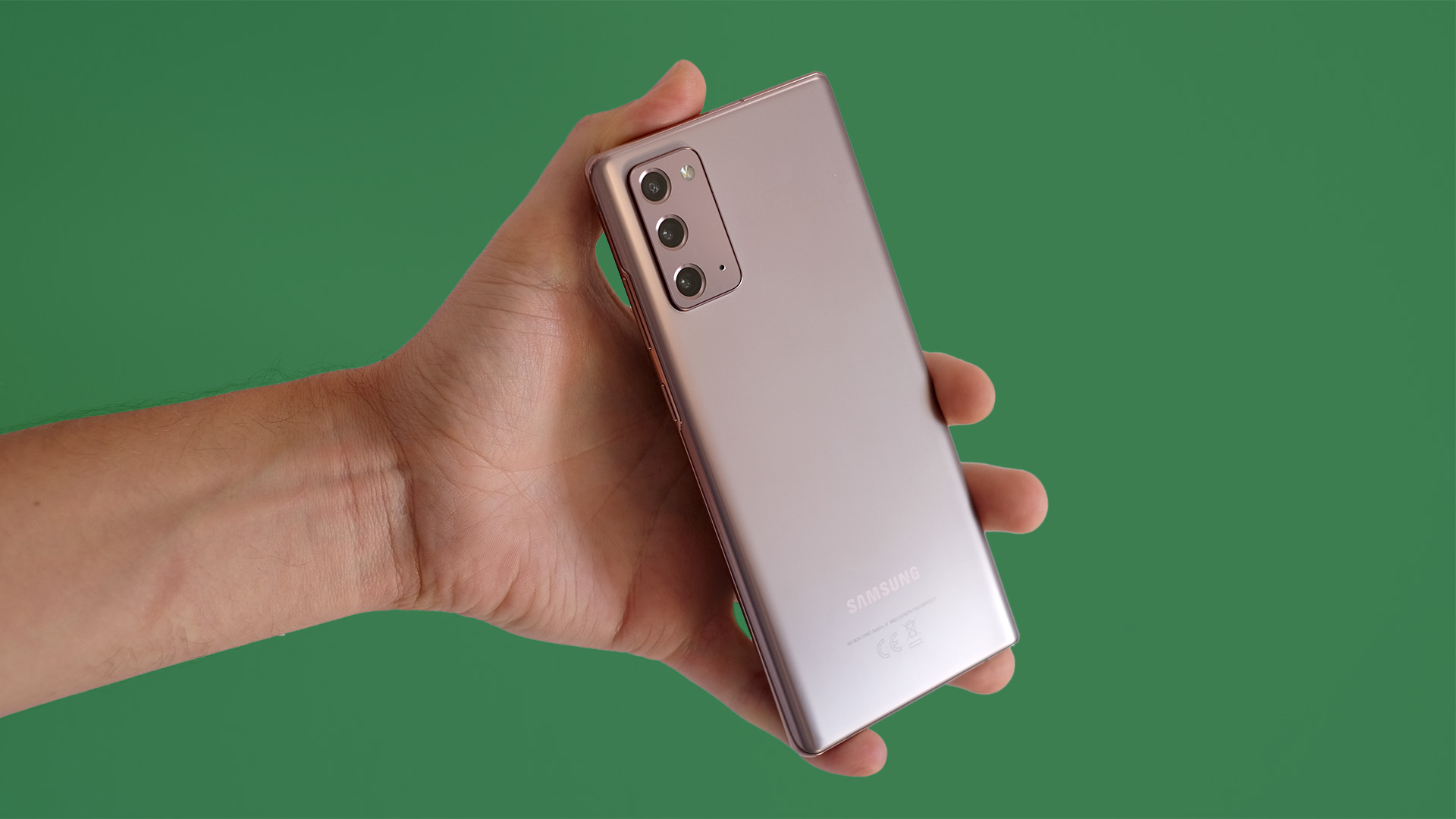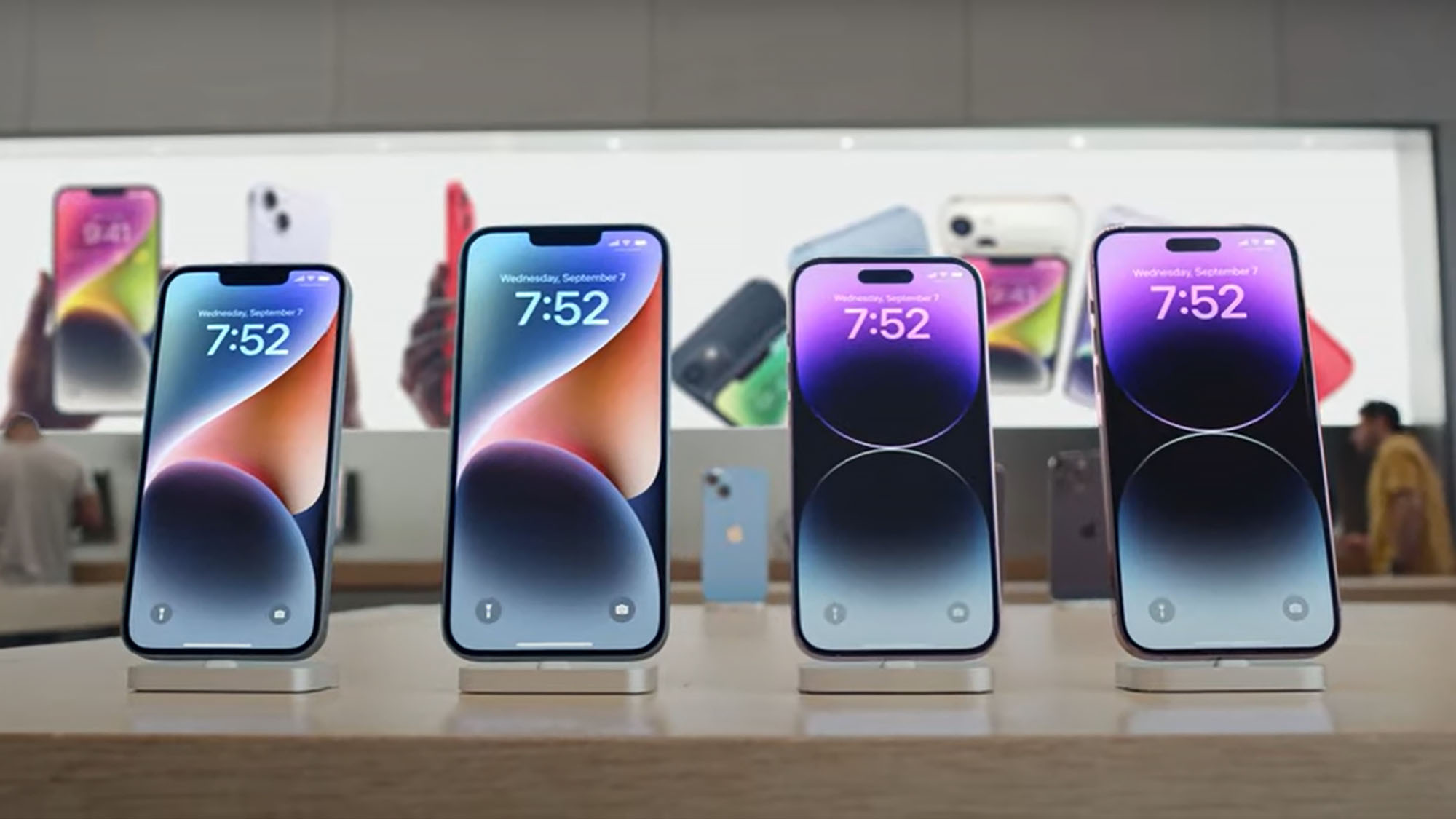Samsung Galaxy S21 having a plastic back wouldn't be a bad thing, according to tech fans

Rumors are starting to suggest the Samsung Galaxy S21 could use Samsung’s Glasstic material for its back, not glass or ceramic like the last few entries in the line have done.
Glasstic, a term used in Samsung’s marketing, is plastic that’s designed to look and feel like glass. The company has never gone into detail on how Glasstic is made, so what sets it apart from standard plastic isn’t totally clear.
Here at TechRadar we’ve typically been disappointed with Samsung's Glasstic, mainly due to its similarities to plastic.
Plastic is a material that tends to be used in budget phones, due to its cheaper production cost, and it can be curious to hold a pricey phone clad in the material. Keeping costs low isn’t the only benefit to plastic-backed phones, as the material is hardy and can be easier to grip.
In our Samsung Galaxy Note 20 review we said “Is it cheeky to try to sell us a $1,000 plastic phone? Absolutely.”. In our Galaxy S10 Lite review, we noted “It just doesn’t feel too premium” and in our Galaxy S20 Fan Edition review we called Glasstic “a questionable design choice for a phone that costs this much”.
So we’re not necessarily fans of Glasstic, at least not in pricey phones like these. But to get a better picture of the general opinion of Glasstic phones, we asked TechRadar readers for their opinions on the material.
Finding some answers
Do you care that Samsung uses iglass-looking plastic — what it calls “Glasstic” tech — on pricey phones? pic.twitter.com/9dKttbr1IYNovember 19, 2020
Using the TechRadar social media channels - Instagram, Twitter and Facebook - we reached out to you, our readers to ask your thoughts on Samsung’s Glasstic - we also posted an Instagram story asking if you thought ‘Glasstic’ looked like plastic at all.
Every response to our Instagram post, at least at time of writing this article, was against Glasstic - that’s what we were expecting all responses to be like. Things were very different on Twitter, though, where the responses were much more positive. One user commented that they didn’t mind Samsung using Glasstic, another stated they thought it fitting in a mid-range phone or flagship killer, though not a premium device.
It was on Facebook that there was a bigger split in opinion, as of all the replies, we’d only class one third as out-and-out negative towards the plastic-like material. Most other replies were ambivalent, positive, or just didn’t express any opinion either way. It’s also worth pointing out we had way more replies on Facebook than our other posts.
Now posting a question on social media isn’t quite the same as actually surveying thousands of people, so our results can’t be read as an exact indication of Glasstic’s popularity. However, the fact you have such a variety of opinions does show there’s a diversity in appetite when it comes to the material on the rear of phones.
What this means

We saw quite a lot of anti-glass sentiment in responses to our questions. Lots of the comments we saw criticized glass for being too fragile and slippery to hold, which makes sense given plastic’s two key selling points are its grip and strength.
In fact, durability was the most frequently-raised point in comments across the social platforms. It was typically brought up less in defensive of Glasstic, than in order to criticize glass, and it should be no surprise people want their expensive phones to last a long time.
A few comments didn’t criticize Glasstic per se, but expressed dismay that the material’s use in Galaxy S and Galaxy Note phones didn’t coincide with any sort of price decrease from previous iterations. The Note 20, for example, cost £949 / $999 for its 5G model, which is a high price for any phone, let alone a plastic-backed one.
In our surveying, we asked Instagram users whether they thought Glasstic looked like glass - the answer was overwhelmingly no, though people didn’t seem to mind that. While a static picture may not do full justice to the appearance of a phone, many responses seemed to be from people who had used Glasstic phones.
Judging by the feedback we received, it doesn’t seem people would be too perturbed if the Samsung Galaxy S21 used Glasstic - at least, as long as the handset had a lower price to match. And perhaps if Samsung found even more ways to keep a handset lasting for years and years, people would be even happier.






No comments